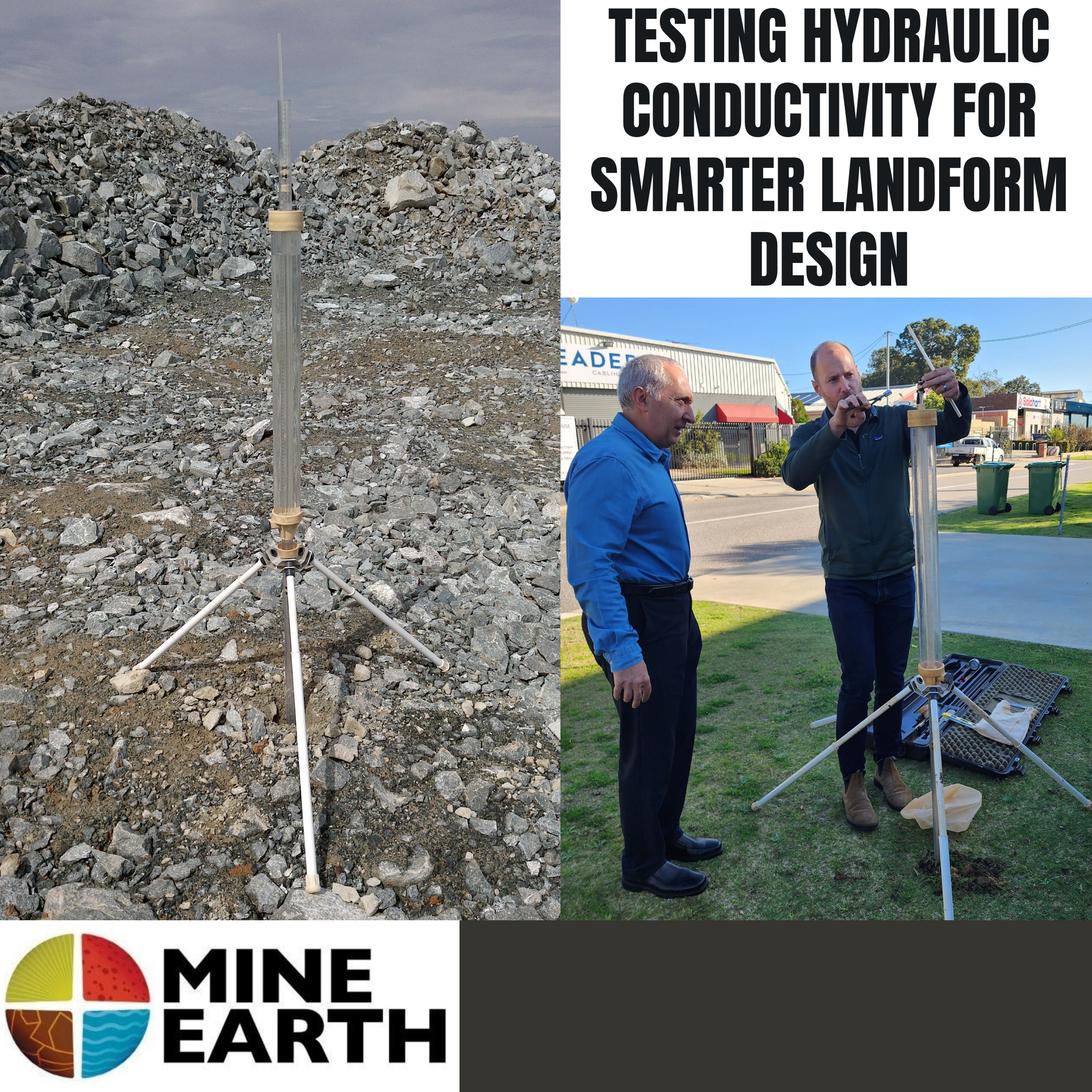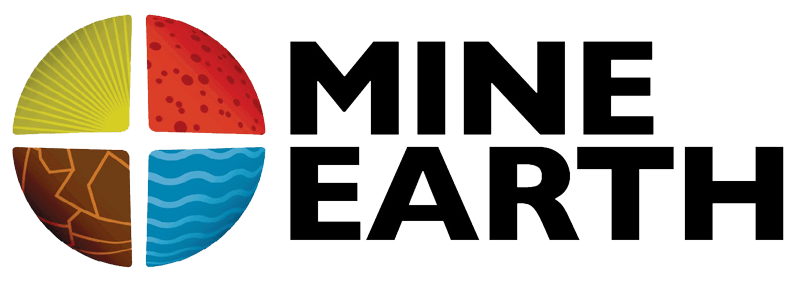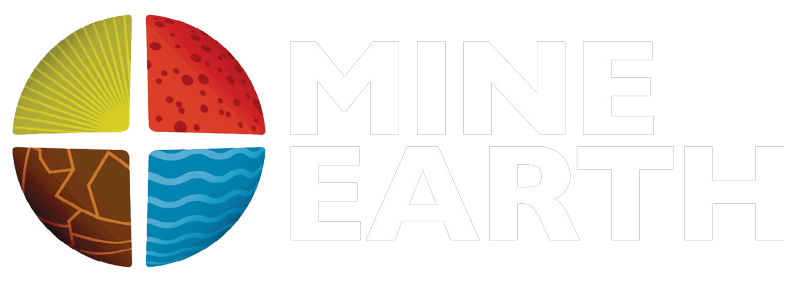Mine Earth - proud to sponsor the Life of Mine Conference 2025
Mine Earth is proud to sponsor the Life of Mine & Mine Waste and Tailings Conference 2025
Click the link to our LinkedIn page to find out more
🌏 𝗠𝗶𝗻𝗲 𝗘𝗮𝗿𝘁𝗵 𝗶𝘀 𝗽𝗿𝗼𝘂𝗱 𝘁𝗼 𝘀𝗽𝗼𝗻𝘀𝗼𝗿 𝘁𝗵𝗲 𝗟𝗶𝗳𝗲 𝗼𝗳 𝗠𝗶𝗻𝗲 & 𝗠𝗶𝗻𝗲 𝗪𝗮𝘀𝘁𝗲 𝗮𝗻𝗱 𝗧𝗮𝗶𝗹𝗶𝗻𝗴𝘀 𝗖𝗼𝗻𝗳𝗲𝗿𝗲𝗻𝗰𝗲 𝟮𝟬𝟮𝟱! 🌏
We’re thrilled to be the Conference Proceedings Sponsor, supporting knowledge exchange relating to mine closure, landform design, and tailings management—helping drive better decision-making long after the event.
📅 Brisbane 29–30 July 2025
🔗
Meet the sponsors
💬 What sessions are you most looking forward to at LOM 2025? Let us know!

🔍 𝗠𝗜𝗡𝗘 𝗖𝗟𝗢𝗦𝗨𝗥𝗘 𝗙𝗢𝗖𝗨𝗦 💧 𝗠𝗔𝗧𝗘𝗥𝗜𝗔𝗟 𝗛𝗬𝗗𝗥𝗔𝗨𝗟𝗜𝗖 𝗣𝗥𝗢𝗣𝗘𝗥𝗧𝗜𝗘𝗦 – 𝗔 𝗖𝗥𝗜𝗧𝗜𝗖𝗔𝗟 𝗜𝗡𝗣𝗨𝗧 𝗙𝗢𝗥 𝗟𝗔𝗡𝗗𝗙𝗢𝗥𝗠 𝗗𝗘𝗦𝗜𝗚𝗡 𝗨𝗻𝗱𝗲𝗿𝘀𝘁𝗮𝗻𝗱𝗶𝗻𝗴 𝗵𝗼𝘄 𝘄𝗮𝘁𝗲𝗿 𝗺𝗼𝘃𝗲𝘀 𝘁𝗵𝗿𝗼𝘂𝗴𝗵 𝘃𝗮𝗿𝗶𝗼𝘂𝘀 𝗺𝗮𝘁𝗲𝗿𝗶𝗮𝗹 𝘁𝘆𝗽𝗲𝘀 is fundamental to developing high-quality closure designs for mining landforms and for effectively managing long-term closure risks. 𝗛𝘆𝗱𝗿𝗮𝘂𝗹𝗶𝗰 𝗰𝗼𝗻𝗱𝘂𝗰𝘁𝗶𝘃𝗶𝘁𝘆 is a key parameter in understanding how different materials will perform within a cover system, assessing long-term erosion risks on landforms, and optimising on-landform drainage controls. While 𝗹𝗮𝗯𝗼𝗿𝗮𝘁𝗼𝗿𝘆 𝘁𝗲𝘀𝘁𝗶𝗻𝗴 remains an essential tool for characterising the hydraulic conductivity of materials, it has inherent limitations. Laboratory tests are often constrained by the particle sizes that can be accommodated, and the samples may not always accurately represent in-field conditions. For instance, 𝗳𝗶𝗲𝗹𝗱 𝘀𝗮𝗺𝗽𝗹𝗲 𝗰𝗼𝗹𝗹𝗲𝗰𝘁𝗶𝗼𝗻 frequently requires the removal of coarse materials such as cobbles and boulders, which can significantly influence test results—particularly for materials with a low proportion of fines. Additionally, the relatively small size of field samples can make it challenging to capture the full variability of material types present across a landform. 𝗜𝗻 𝘀𝗶𝘁𝘂 𝘁𝗲𝘀𝘁𝗶𝗻𝗴 𝗺𝗲𝘁𝗵𝗼𝗱𝘀, such as the use of a 𝗚𝘂𝗲𝗹𝗽𝗵 𝗽𝗲𝗿𝗺𝗲𝗮𝗺𝗲𝘁𝗲𝗿, can help address these limitations by directly measuring the hydraulic conductivity of the target material in the field. 𝗚𝘂𝗲𝗹𝗽𝗵 𝗽𝗲𝗿𝗺𝗲𝗮𝗺𝗲𝘁𝗲𝗿 𝘁𝗲𝘀𝘁𝗶𝗻𝗴 can be conducted rapidly across multiple locations, providing insights into material variability and the effects of different treatments (e.g. heavily compacted versus non-compacted areas). By 𝗰𝗼𝗺𝗯𝗶𝗻𝗶𝗻𝗴 𝗹𝗮𝗯𝗼𝗿𝗮𝘁𝗼𝗿𝘆 𝘁𝗲𝘀𝘁 𝗿𝗲𝘀𝘂𝗹𝘁𝘀 𝘄𝗶𝘁𝗵 𝗶𝗻 𝘀𝗶𝘁𝘂 𝗳𝗶𝗲𝗹𝗱 𝗶𝗻𝘃𝗲𝘀𝘁𝗶𝗴𝗮𝘁𝗶𝗼𝗻𝘀, including Guelph permeameter measurements, practitioners can develop a more comprehensive understanding of material behavior. 𝗧𝗵𝗶𝘀 𝗶𝗻𝘁𝗲𝗴𝗿𝗮𝘁𝗲𝗱 𝗮𝗽𝗽𝗿𝗼𝗮𝗰𝗵 𝗲𝗻𝗵𝗮𝗻𝗰𝗲𝘀 𝗰𝗼𝗻𝗳𝗶𝗱𝗲𝗻𝗰𝗲 𝗶𝗻 𝗹𝗮𝗻𝗱𝗳𝗼𝗿𝗺 𝗱𝗲𝘀𝗶𝗴𝗻𝘀 𝗮𝗻𝗱 𝘀𝘂𝗽𝗽𝗼𝗿𝘁𝘀 𝗺𝗼𝗿𝗲 𝗿𝗼𝗯𝘂𝘀𝘁 𝗰𝗹𝗼𝘀𝘂𝗿𝗲 𝗼𝘂𝘁𝗰𝗼𝗺𝗲𝘀. 📸 The accompanying images illustrate the use of the Guelph permeameter in different material types, as well as Elis Smedley 𝗰𝗼𝗻𝗱𝘂𝗰𝘁𝗶𝗻𝗴 𝗶𝗻𝘁𝗲𝗿𝗻𝗮𝗹 𝘁𝗿𝗮𝗶𝗻𝗶𝗻𝗴 𝘄𝗶𝘁𝗵 Nickolai Nazarov. To find out more, click on the link

Mine Earth is pleased to announce that Dr. Véronique Lévy, Senior Principal Geochemist, has co-authored a paper presented at the ICARD conference hosted by the Canadian Institute of Mining in Halifax this week. The paper, titled "The Importance of Quality Control of Alkalinity Data during Pit Lake Modelling," emphasizes the critical role of alkalinity in acid neutralization and its influence on closure strategies. This research highlights Dr. Lévy's commitment to producing reliable water quality predictions essential for effective site closure. Additionally, we would like to recognize Dr. Peter Scott, the principal author of the paper, who presented this important work at the conference. Congratulations to all three co-authors for their significant contribution! Abstract: The Importance of Quality Control of Alkalinity Data during Pit Lake Modelling.

